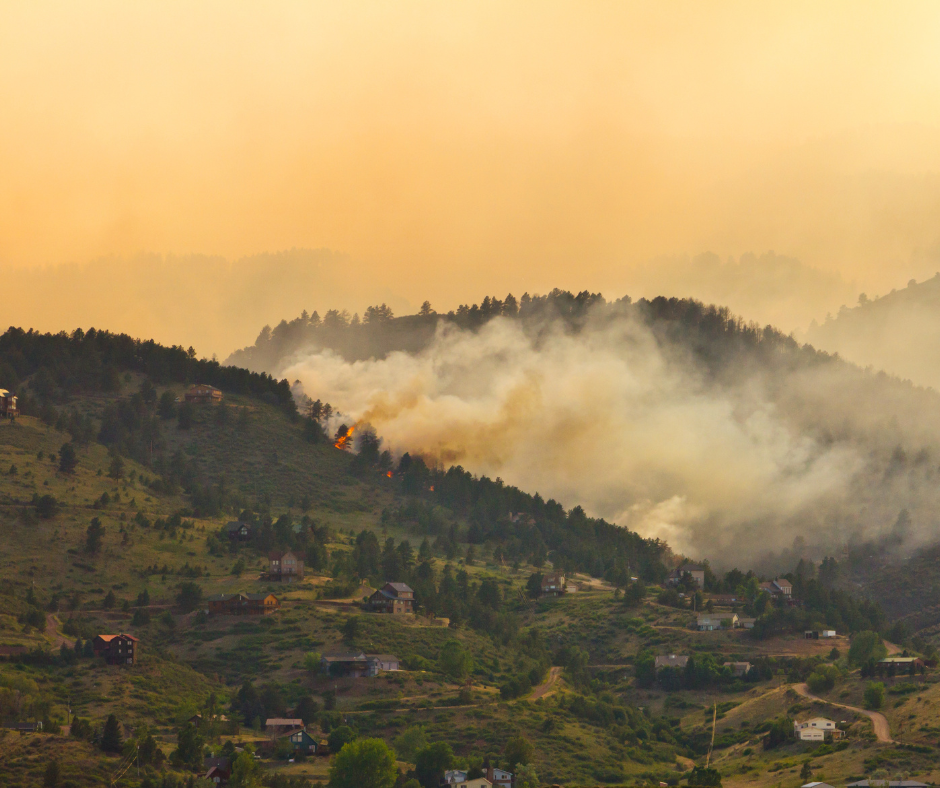Further precautions
As the second part to our homeowners’ tips for preventive measures from Idaho Firewise, we look at the evaluation process and key areas owners should address. Older and newer homes, and even those soon to be constructed, can take steps to prevent potential wildfire threats.
The evaluation process
You can evaluate your property yourself, or contact your local emergency coordinators to find a professional evaluator.
The Idaho Wildfire Protection Zone Evaluation form provides homeowners with an evaluation of existing conditions, recommendations, and the necessary precautions to protect their homes.
1)The form concentrates on the ignitability of your home:
- Exposure to radiant or convection heat
- Exposure to firebrands and embers
2)Structural and vegetative fuel hazards
Considerations for new construction
Locate new construction way from edges of draws and slopes. Set buildings back 100-200 feet from the edges of slopes. Avoid creating overhanging structures such as decks. Most Idaho communities have adopted all or part of the International Wildland-Urban Interface Code. For ordinances and building codes in your area, contact your local Idaho Planning and Zoning office.
Improvements to existing buildings
Roofs, eaves, soffits, and vents
These should be made with fire-rated materials and approved structural assemblies.
Windows
Made with tempered glass
Use metal screening
Utilities
Place propane tanks well away from the home, and surrounded with non-flammable fencing material.
Bury power lines.
Decks, siding, and fencing
Use fire-resistant cement, plaster, stucco, bricks, stones, and fiber cement building materials
Access and signage
Be sure there are two (non-obstructed) ways to access your property.
Roads should be wide enough for 2-way traffic, turnouts, and wide turnarounds.
Bridges need to support 34,000 lbs.
Vegetation shouldn’t block roadways and signage.
Access points/address signage is at least 4 inches tall, on non-combustible and reflective material.
Emergency water supplies
Have an alternate power source for pumping water.
Hoses, sprinklers, and irrigation equipment should be well maintained and easily accessible.
Install a pool or pond.
Minimize well water usage- water landscapes closest to your home.
Consider a zero-scape landscape.
Have 2,500 gallons of water for emergency backup.
Assure emergency vehicles can reach your backup water sources.




